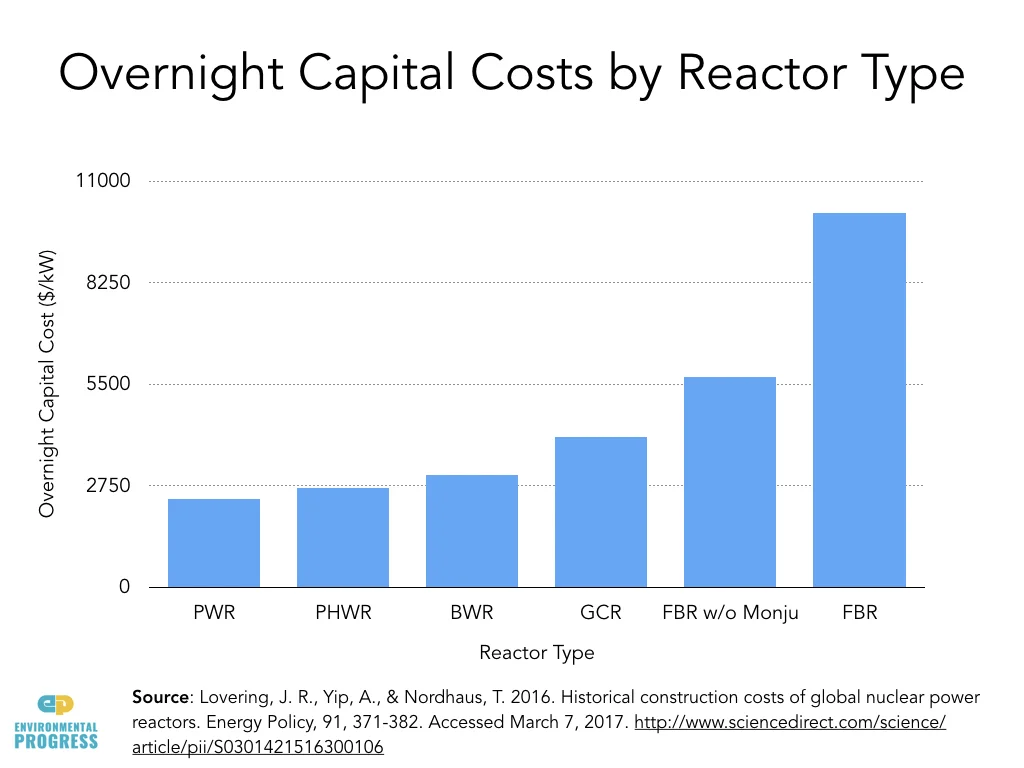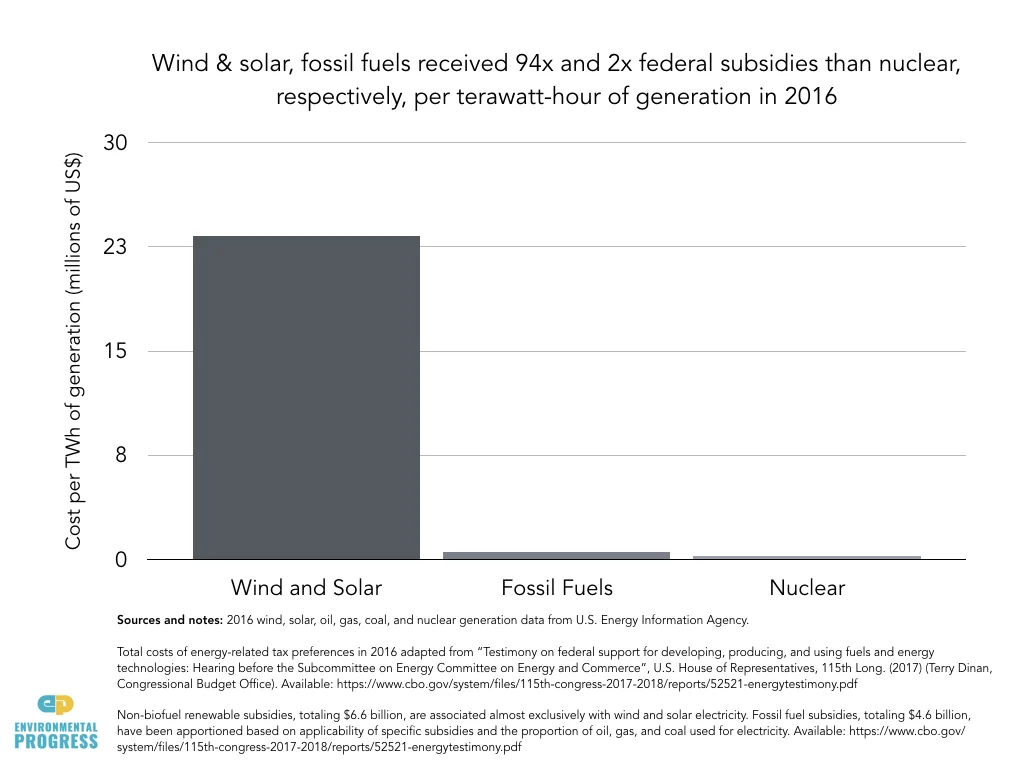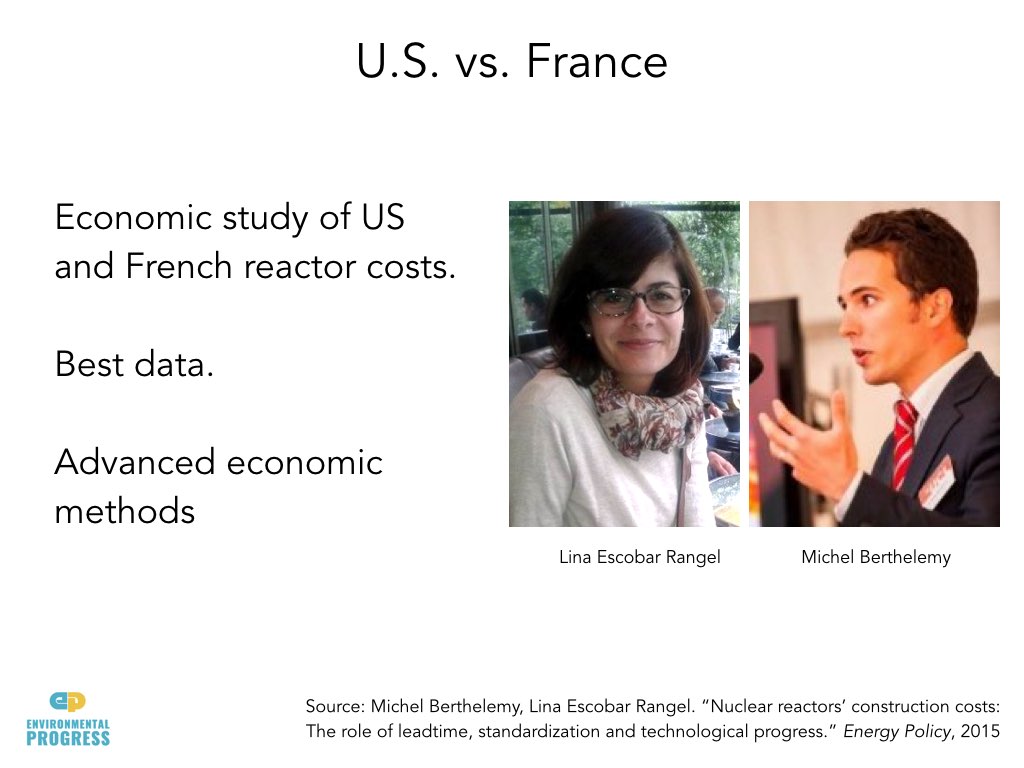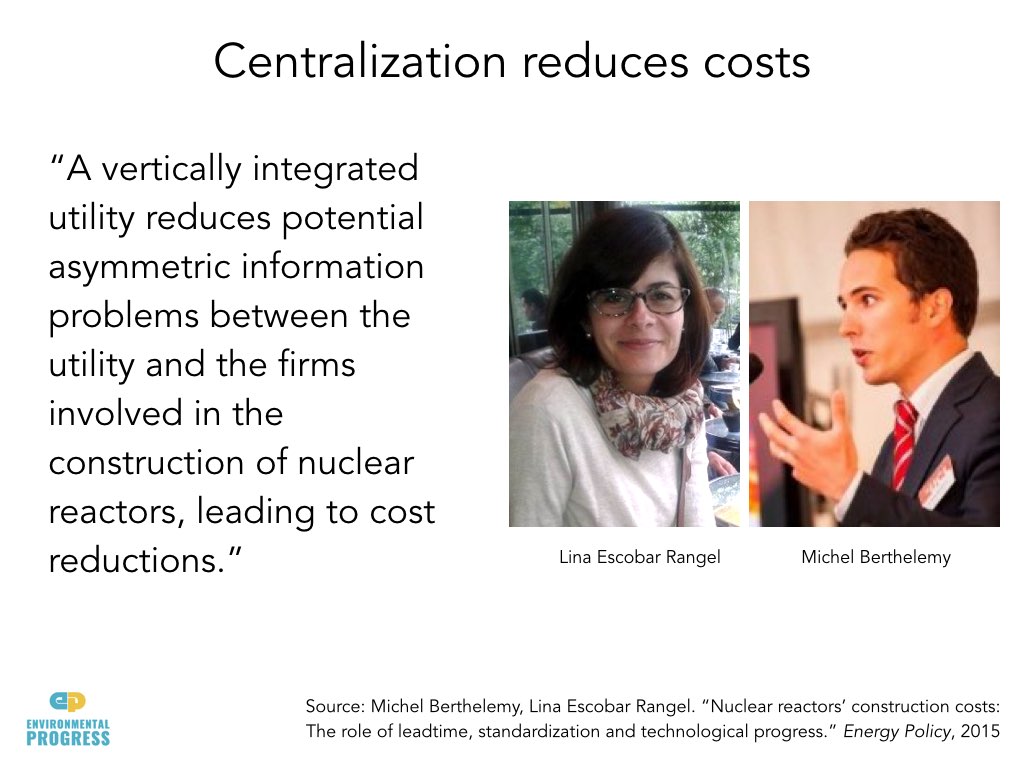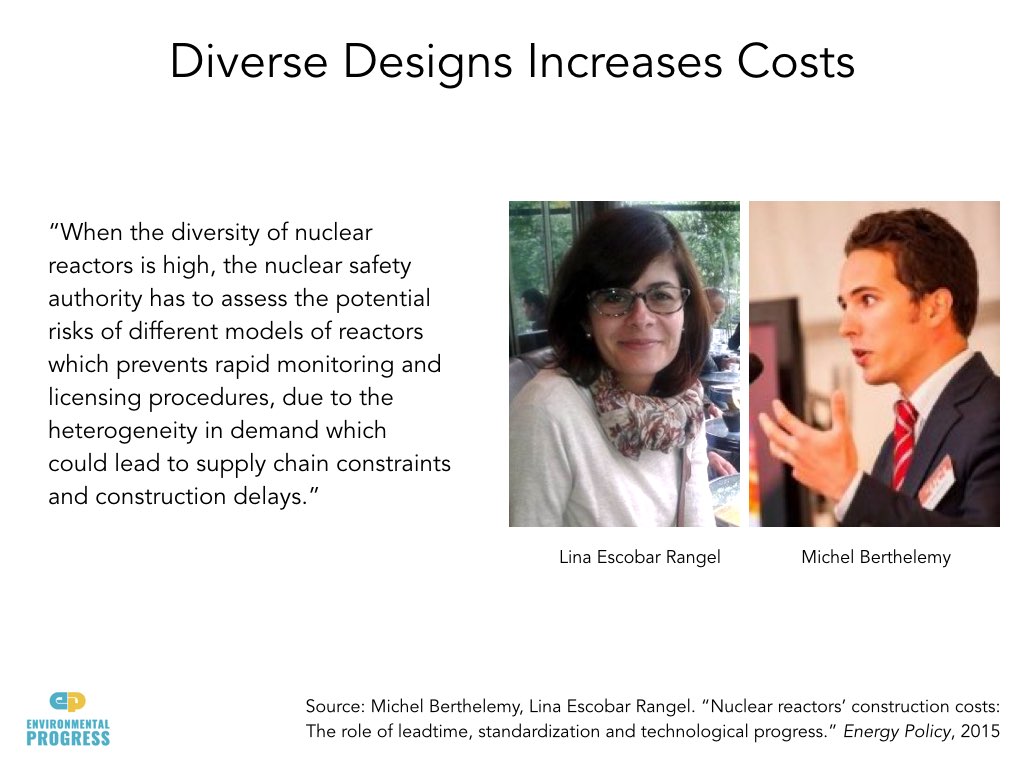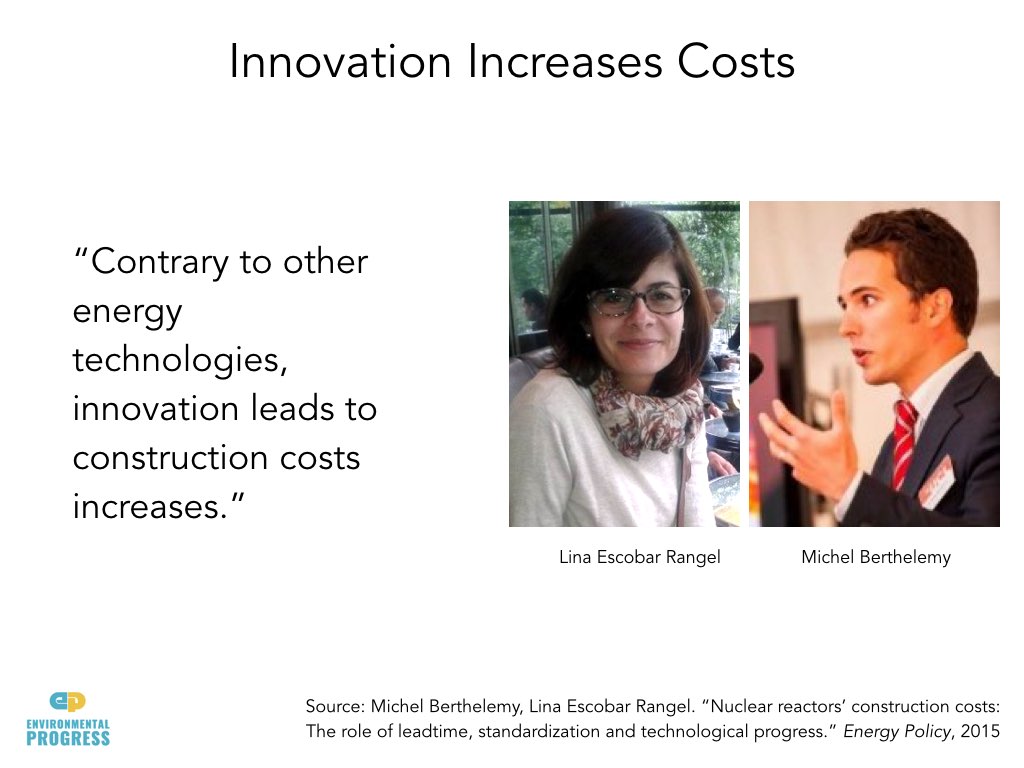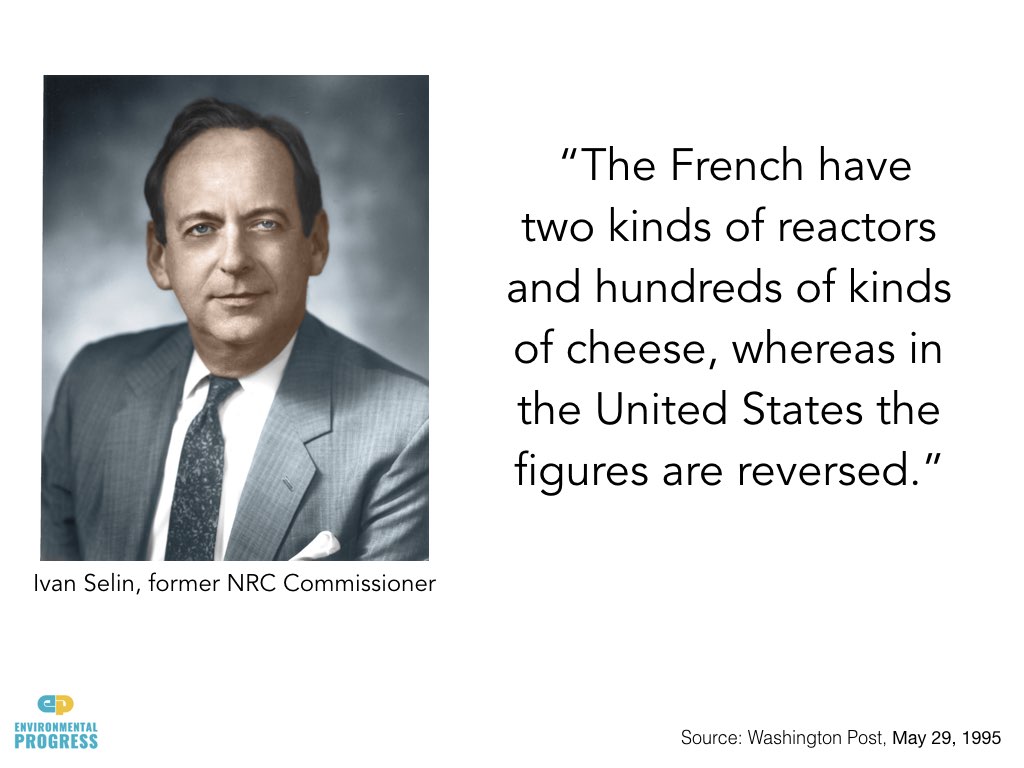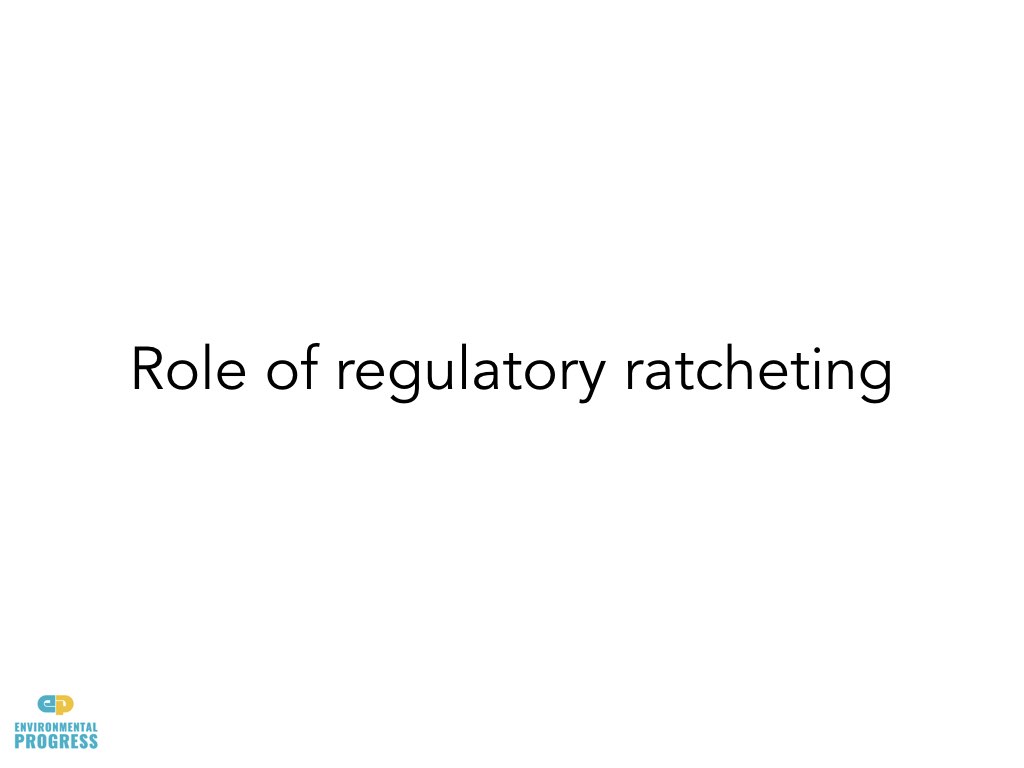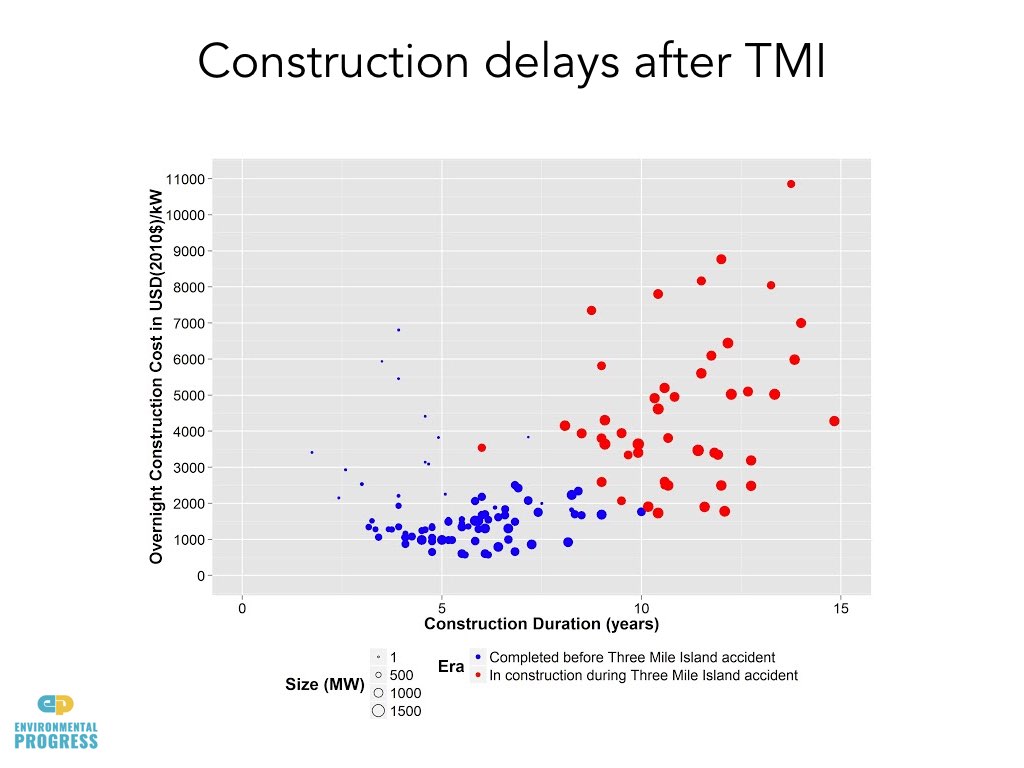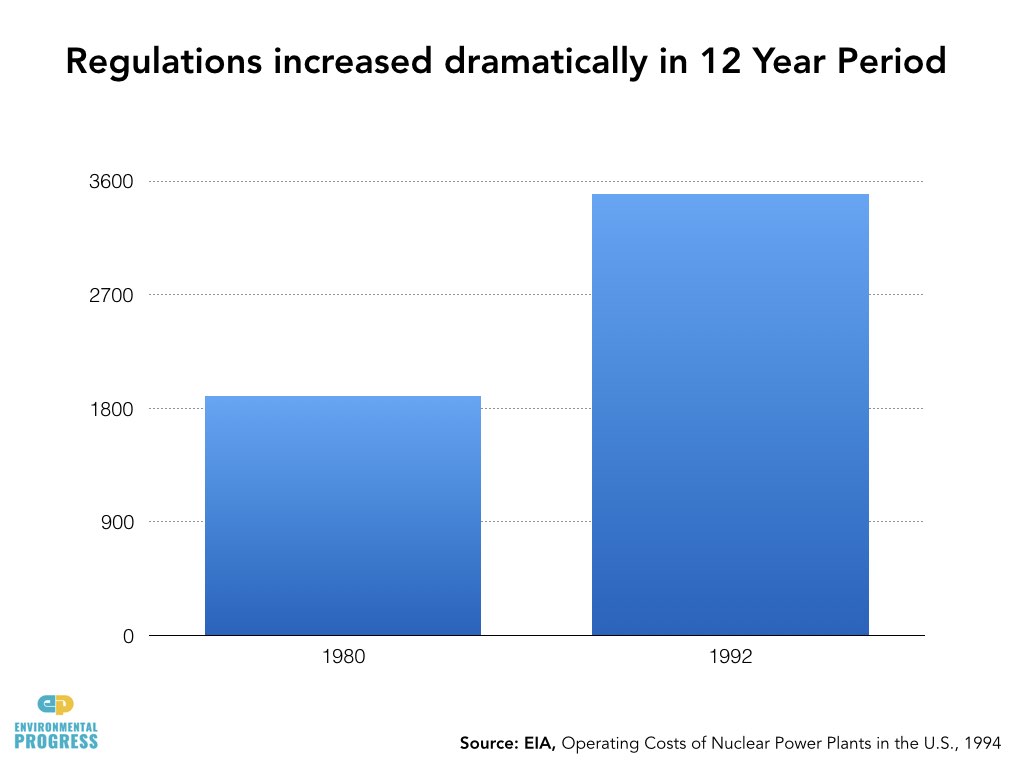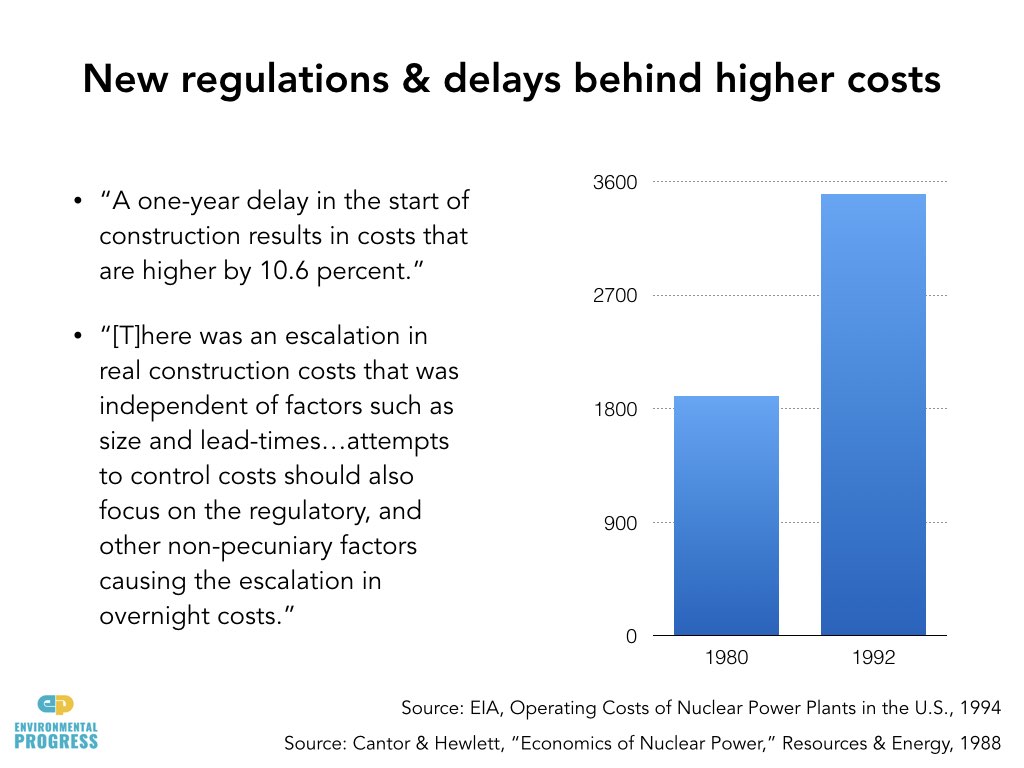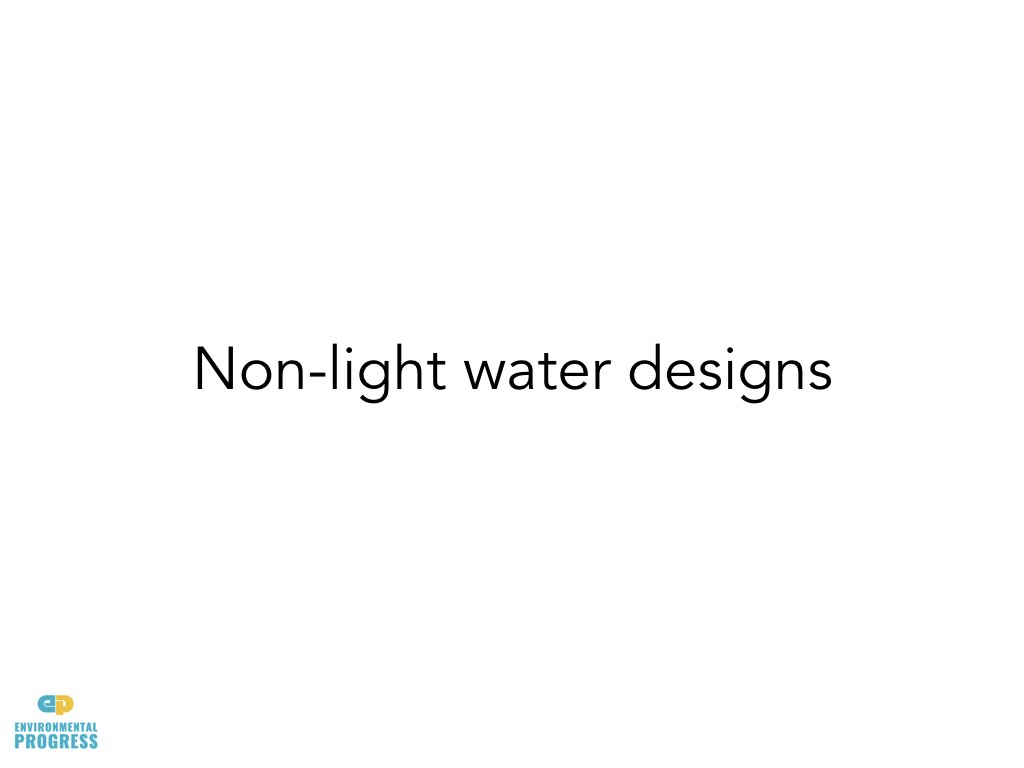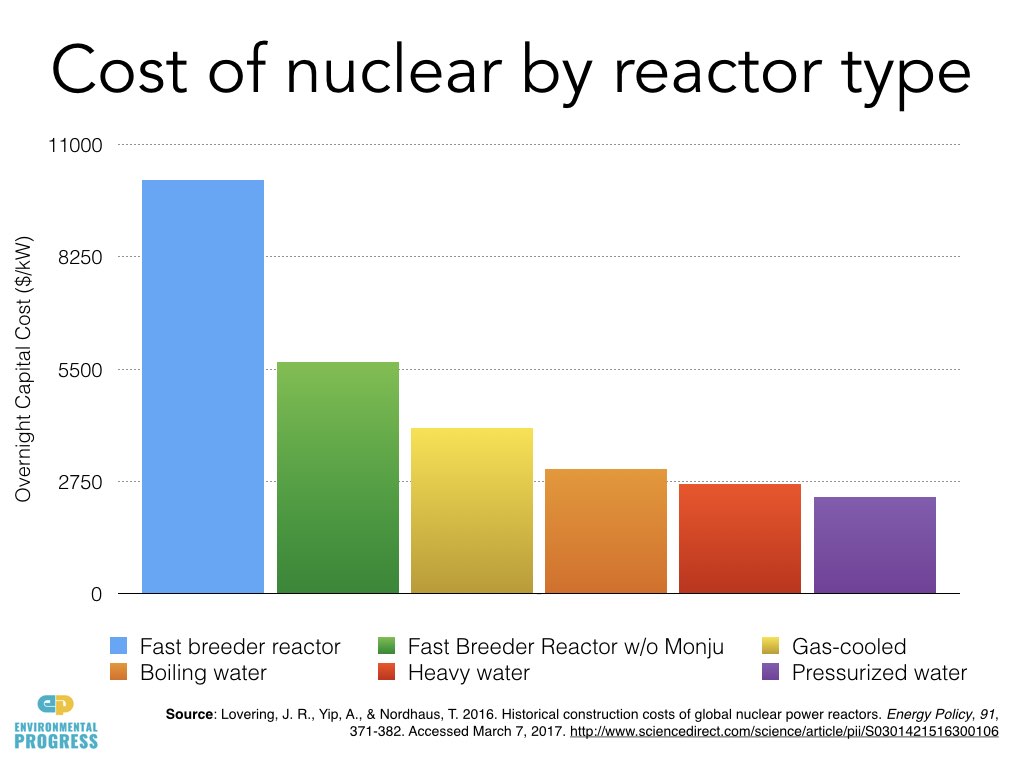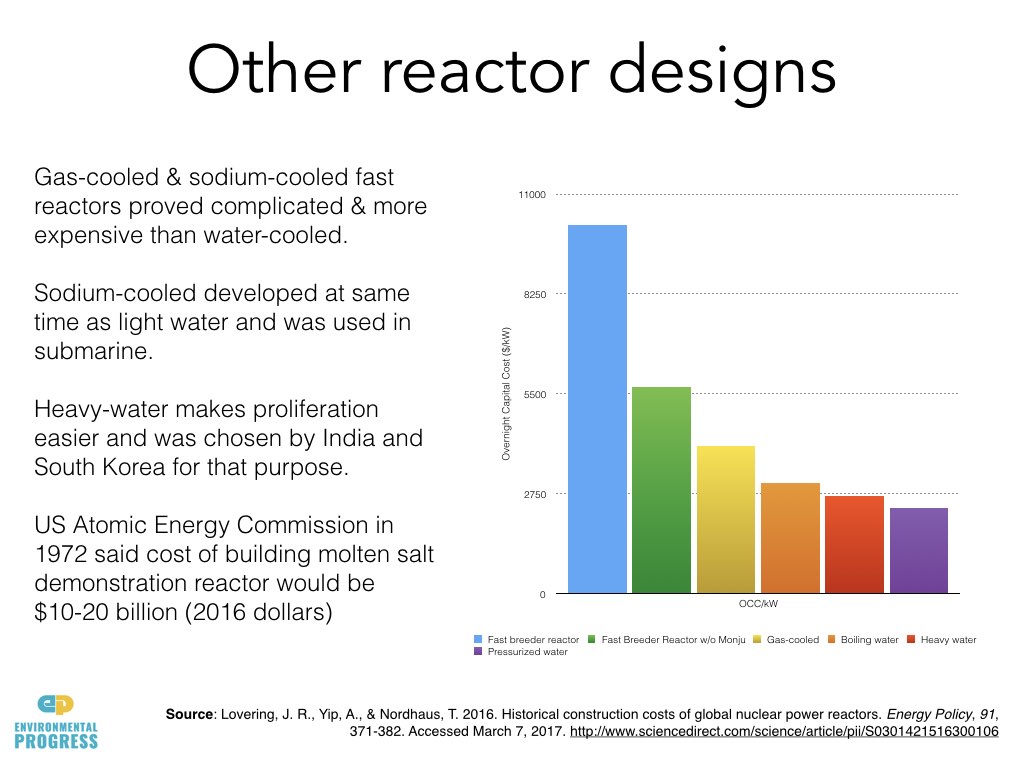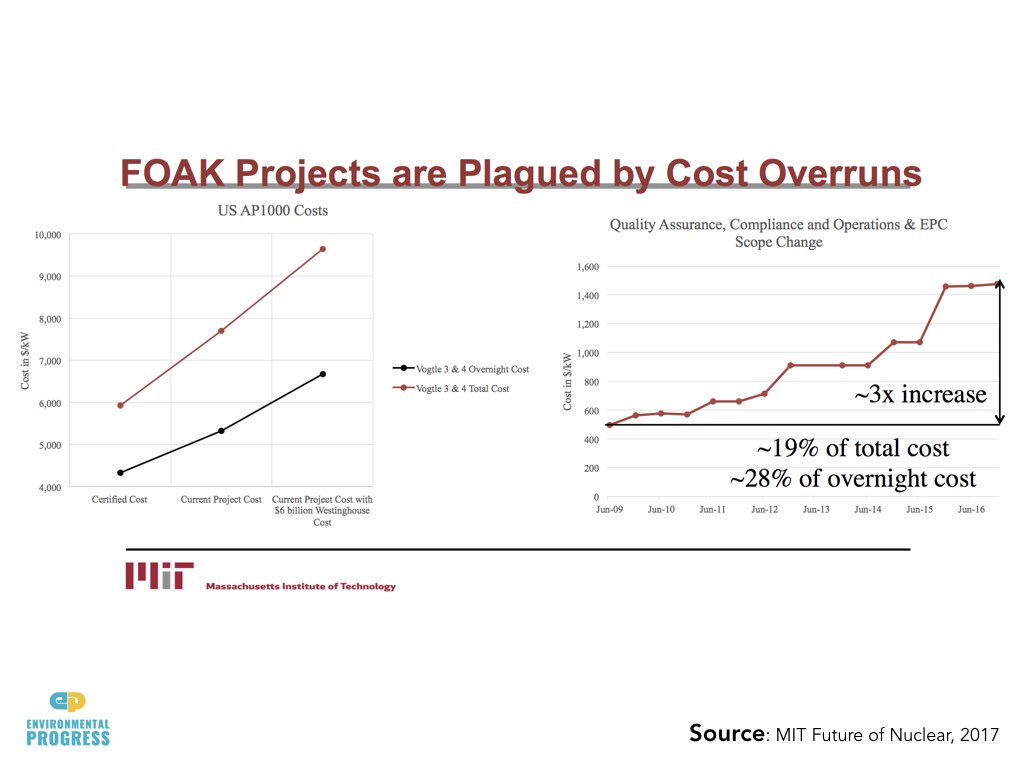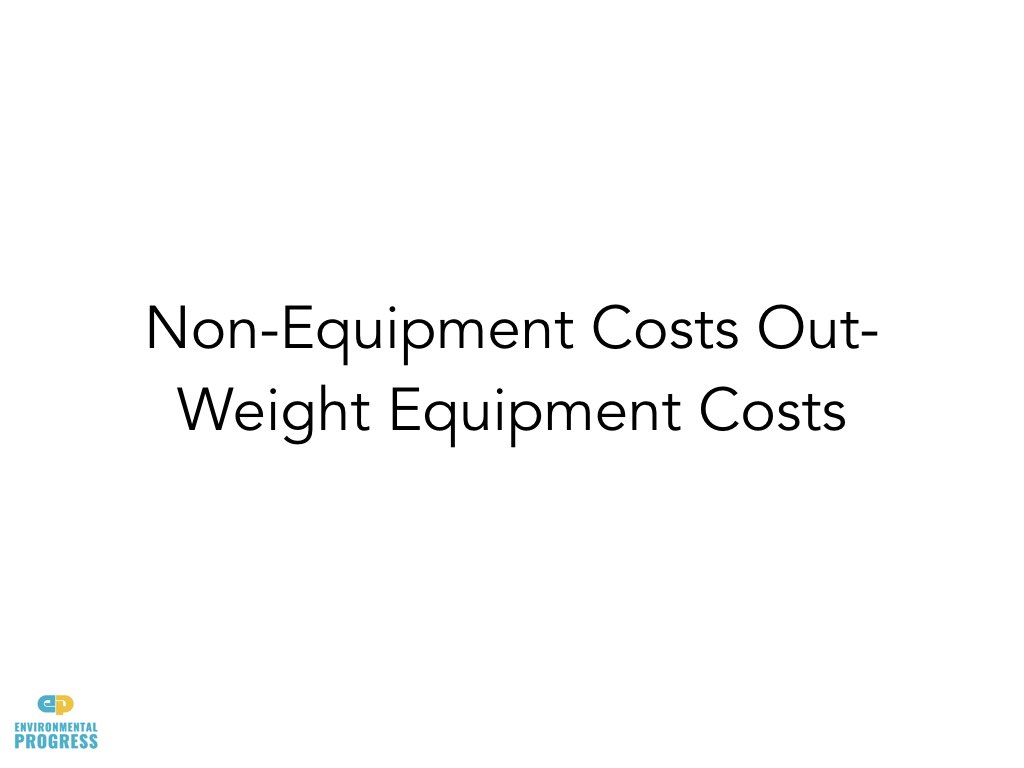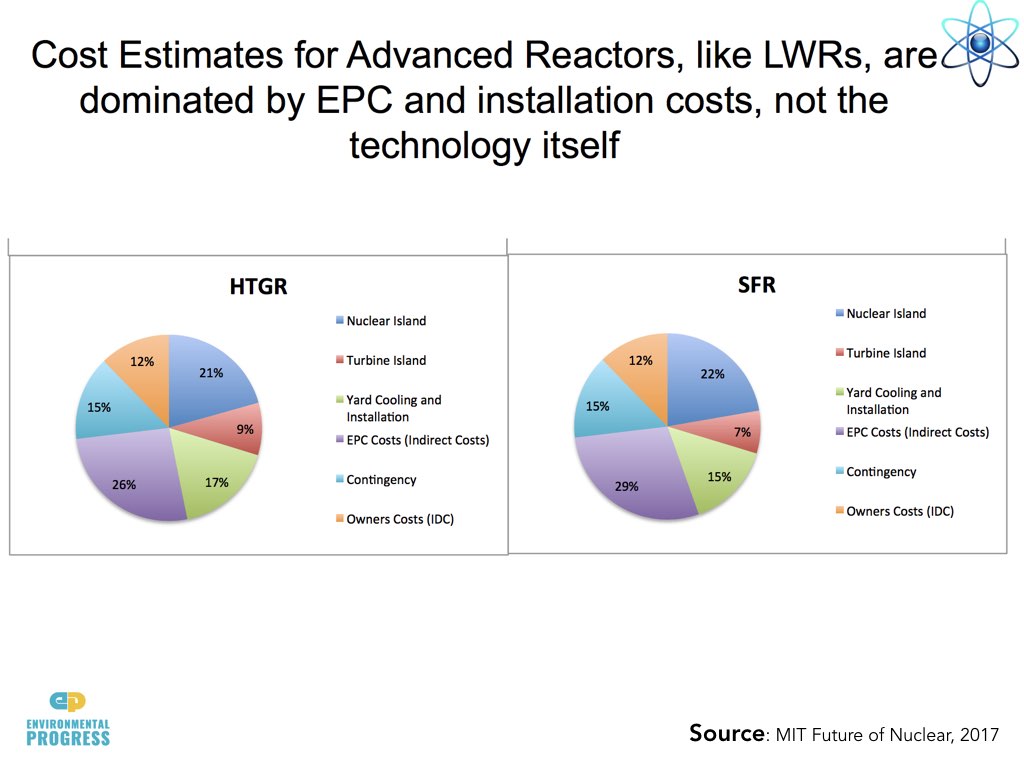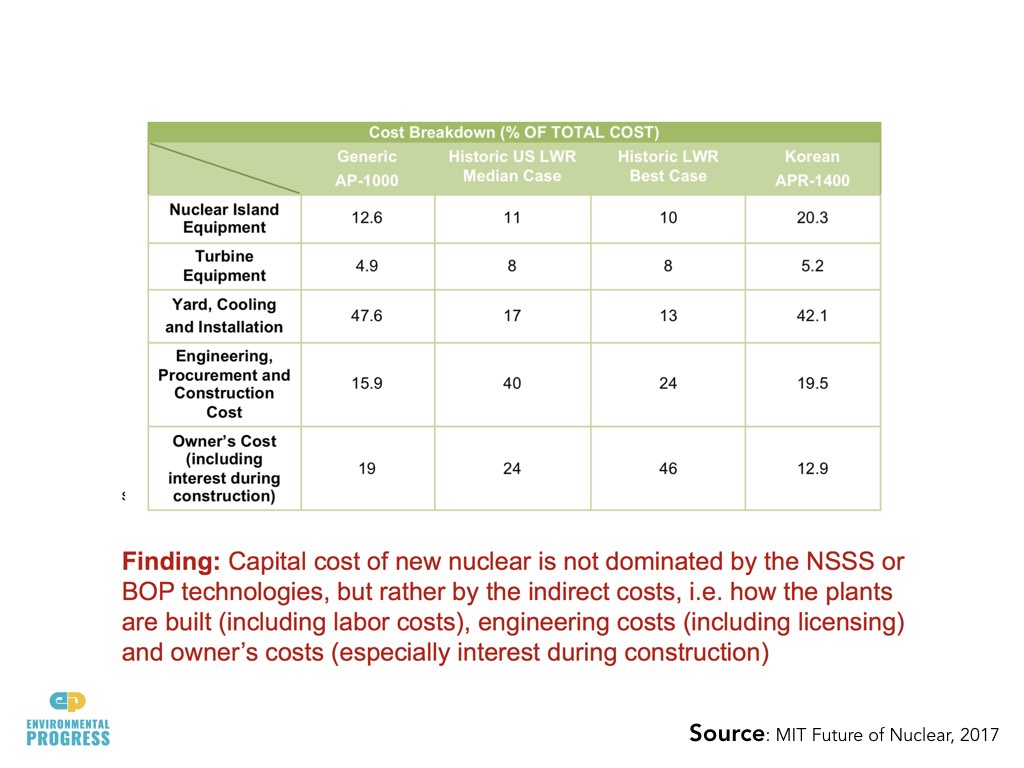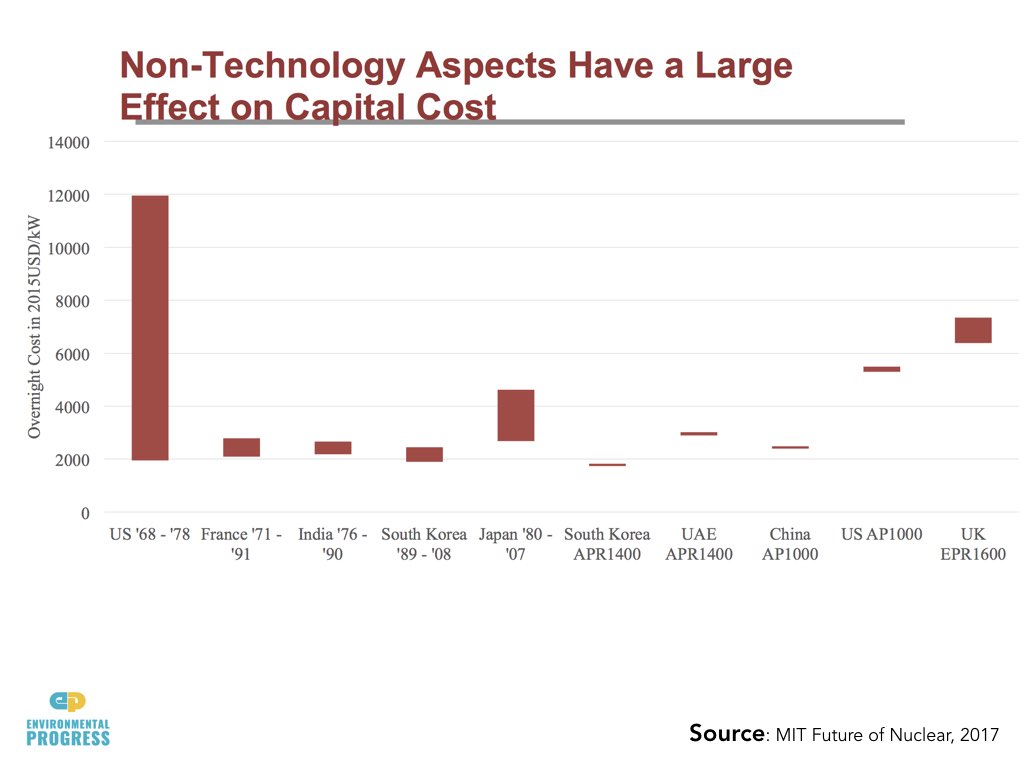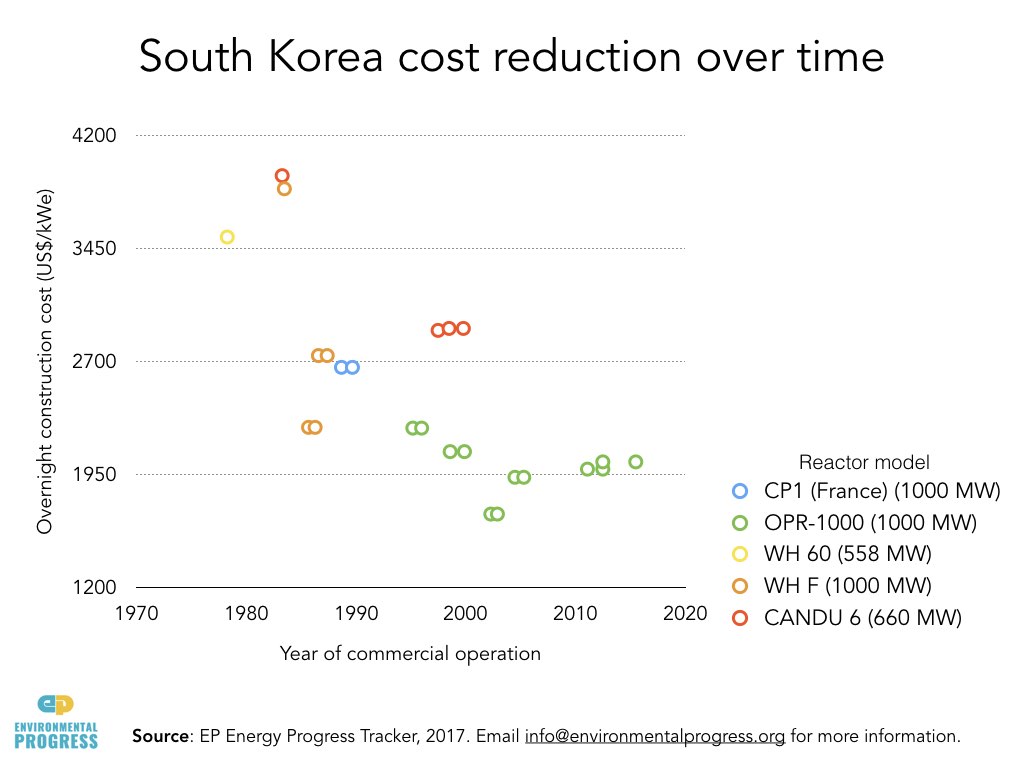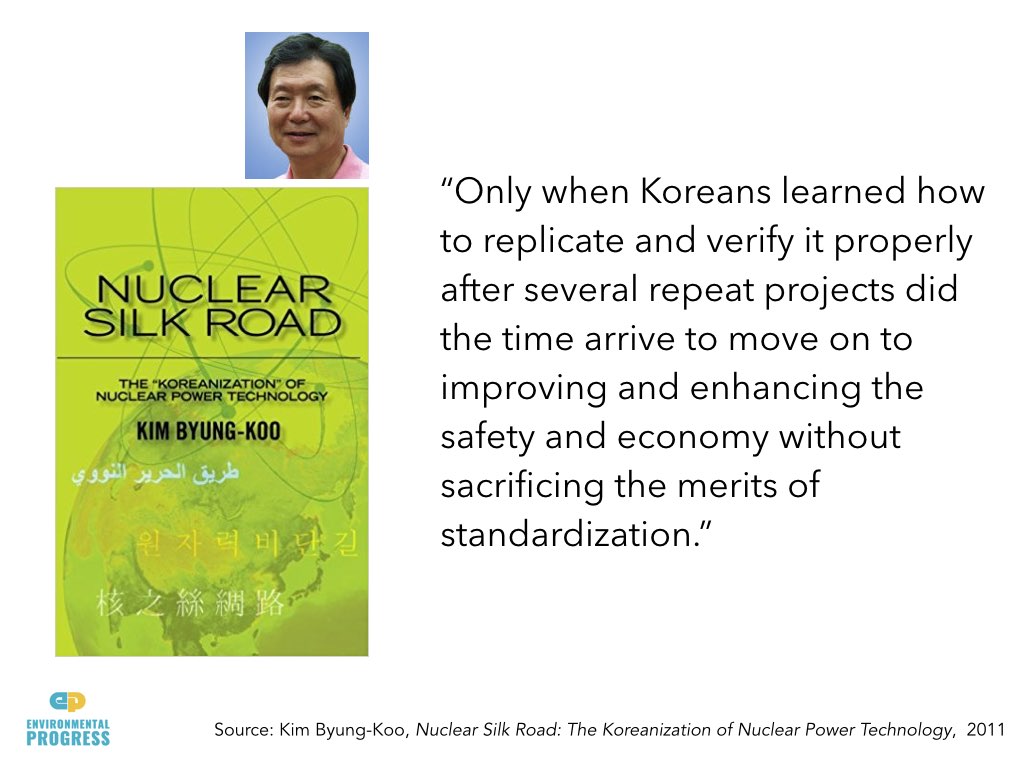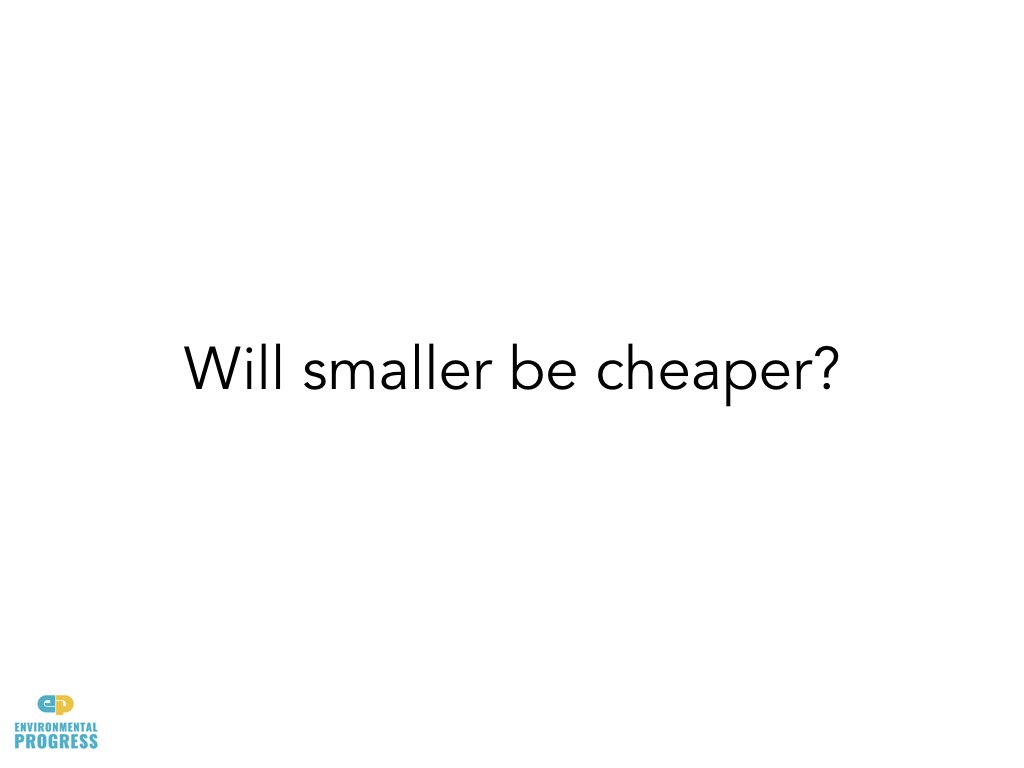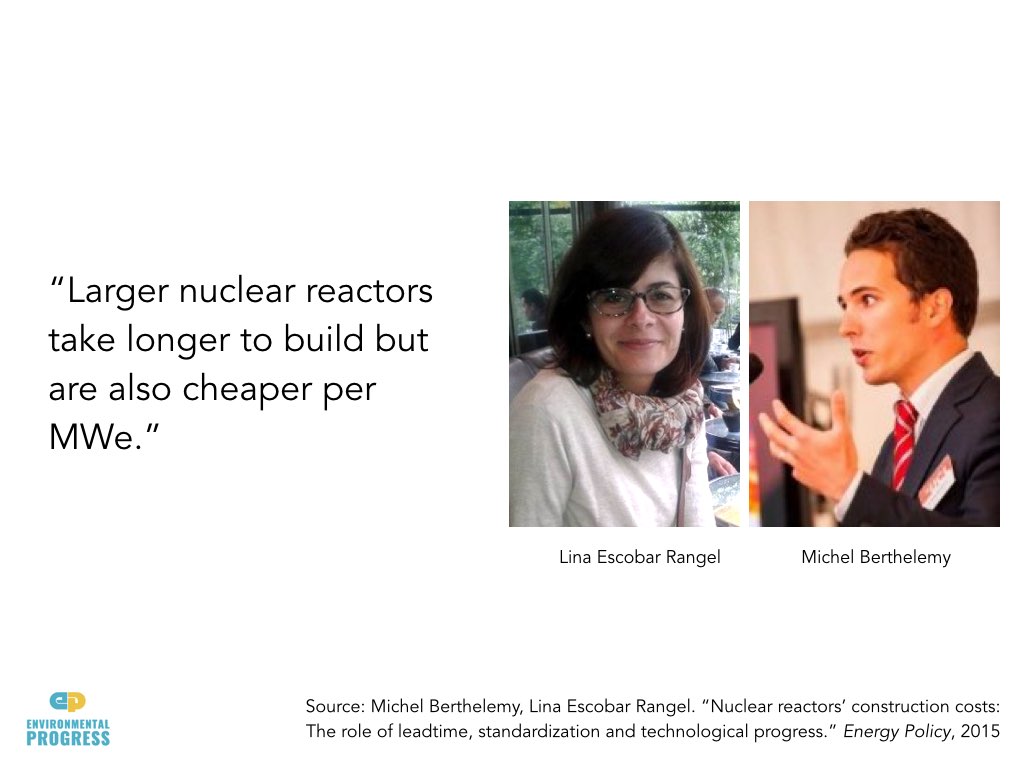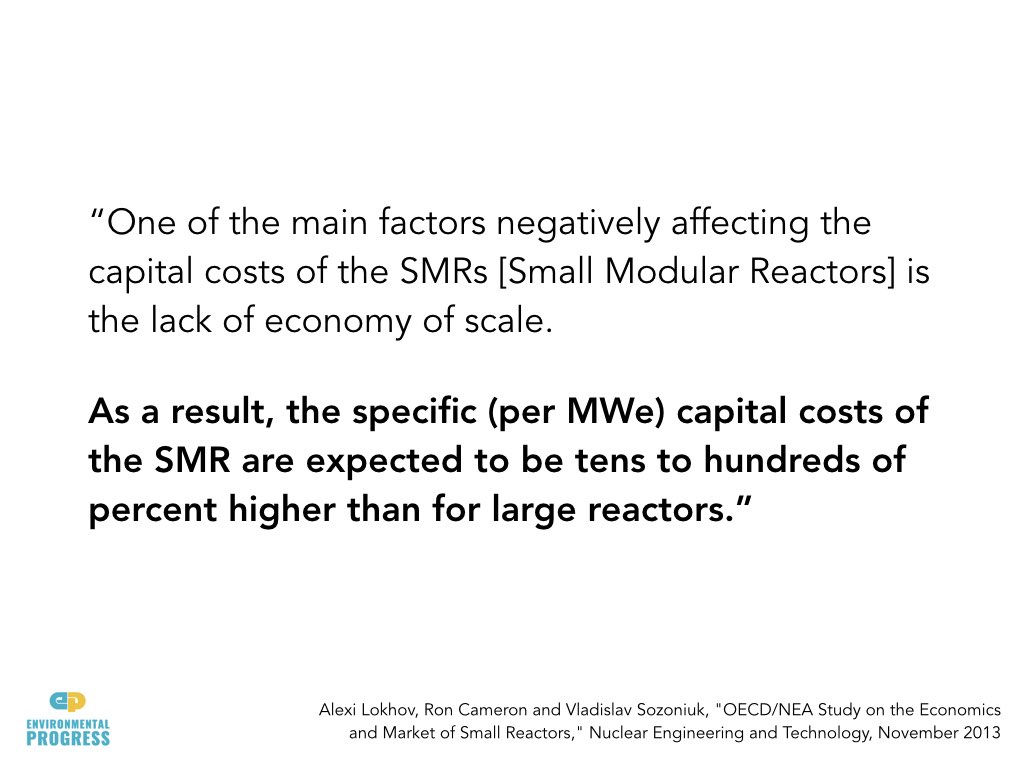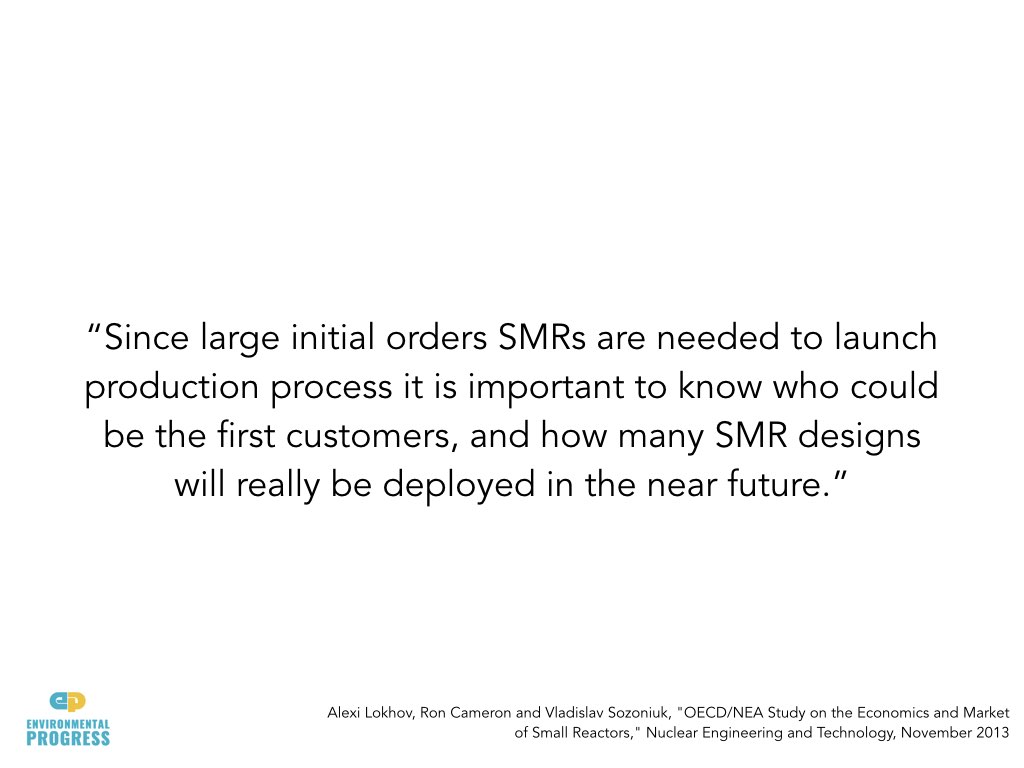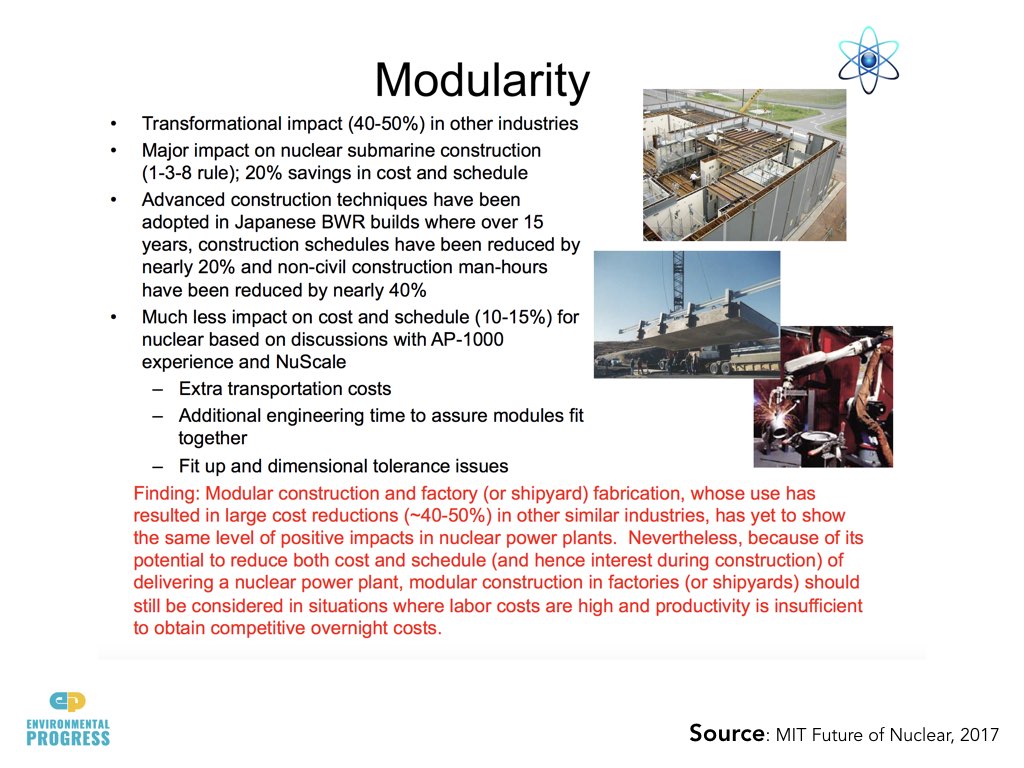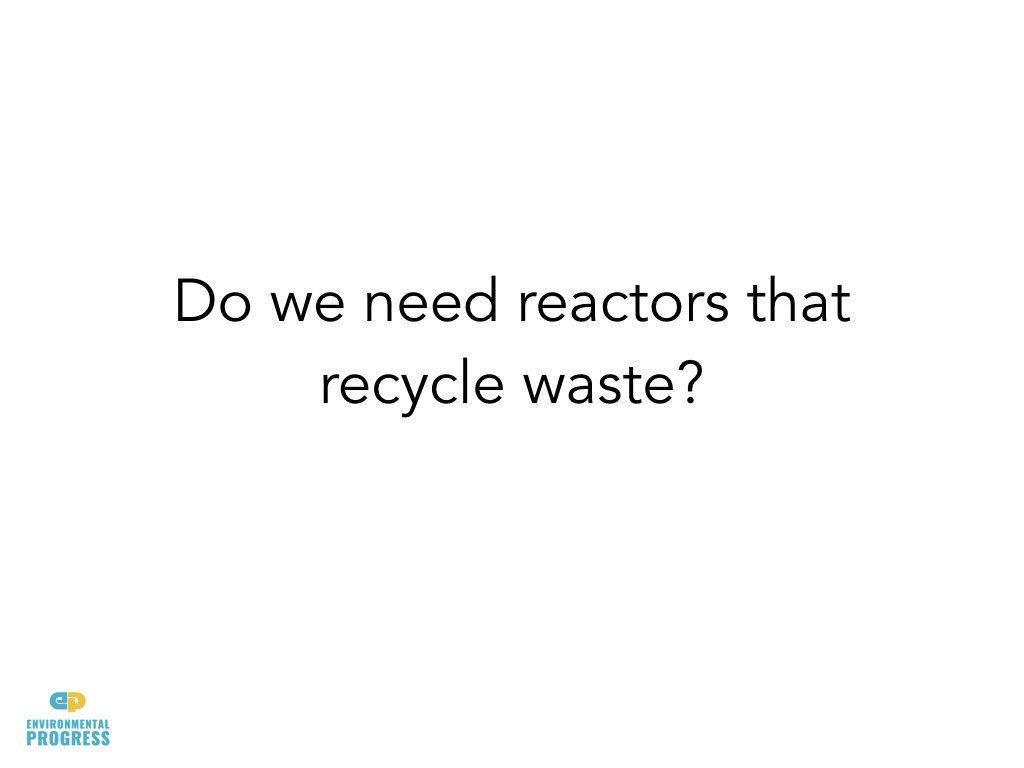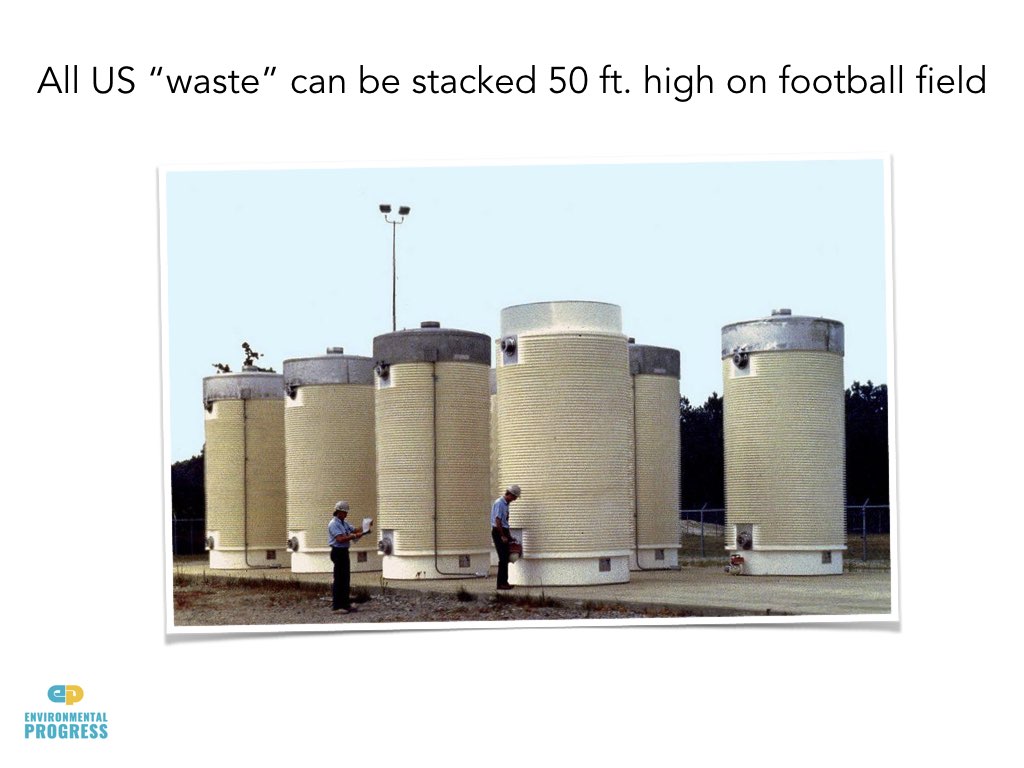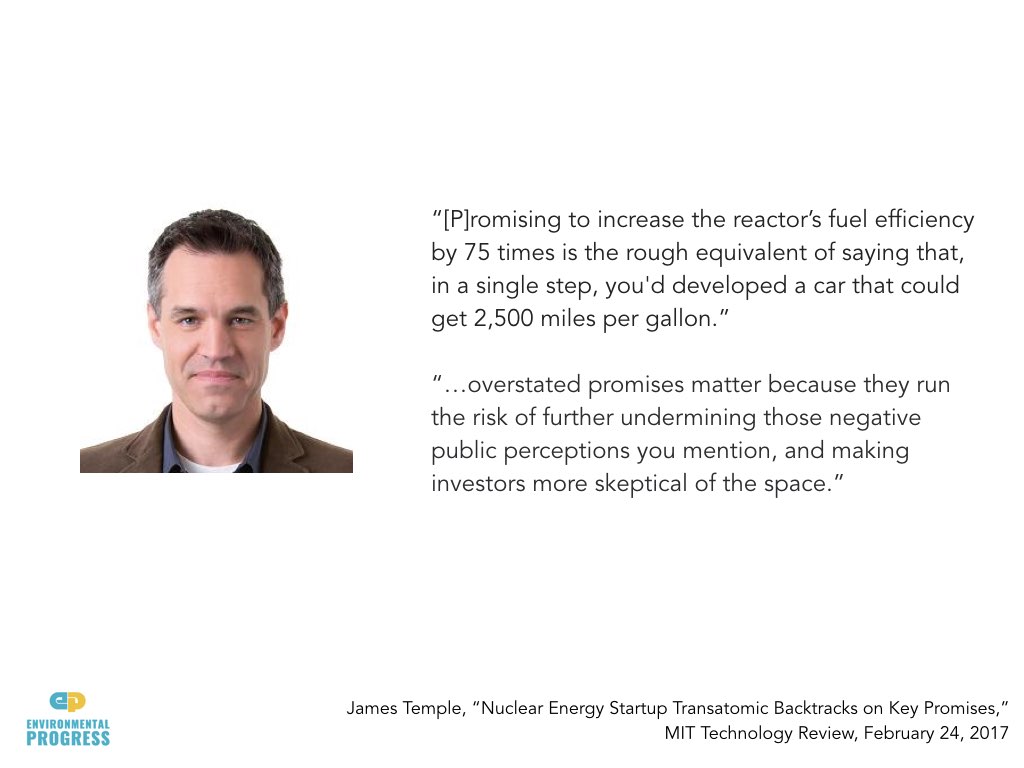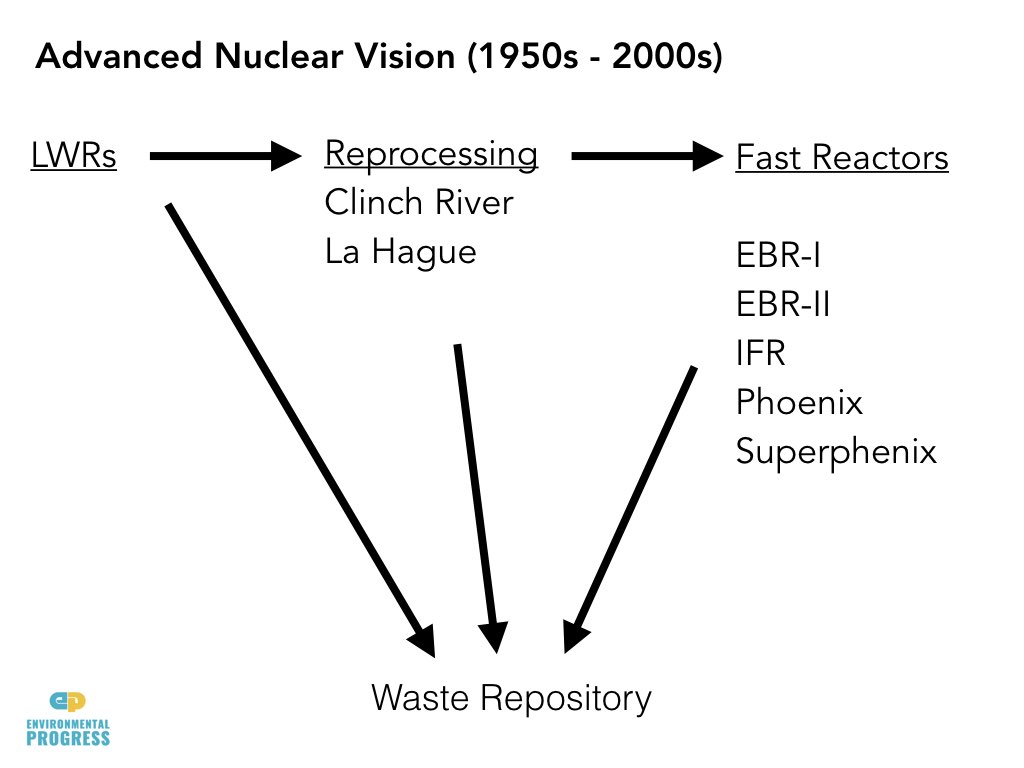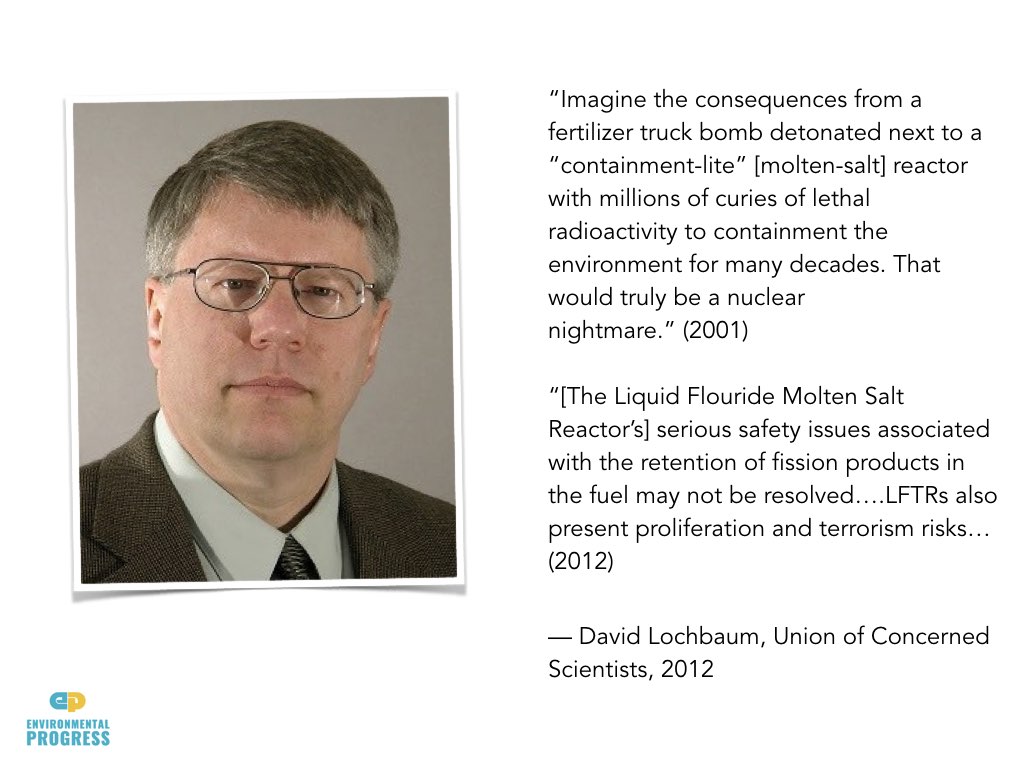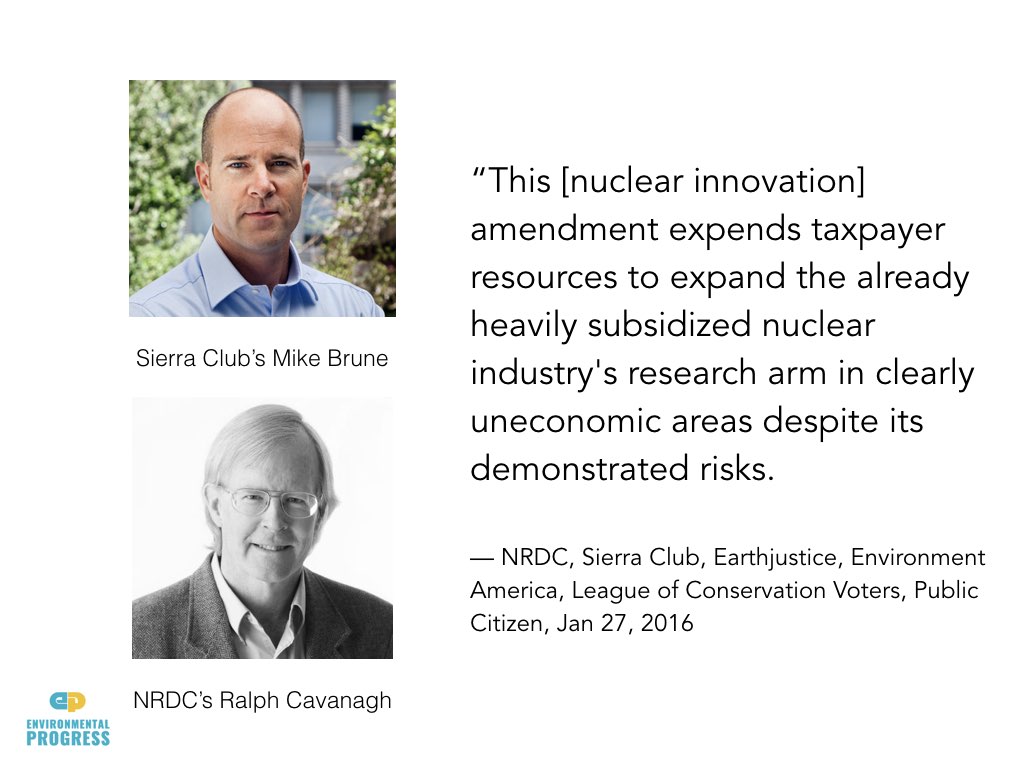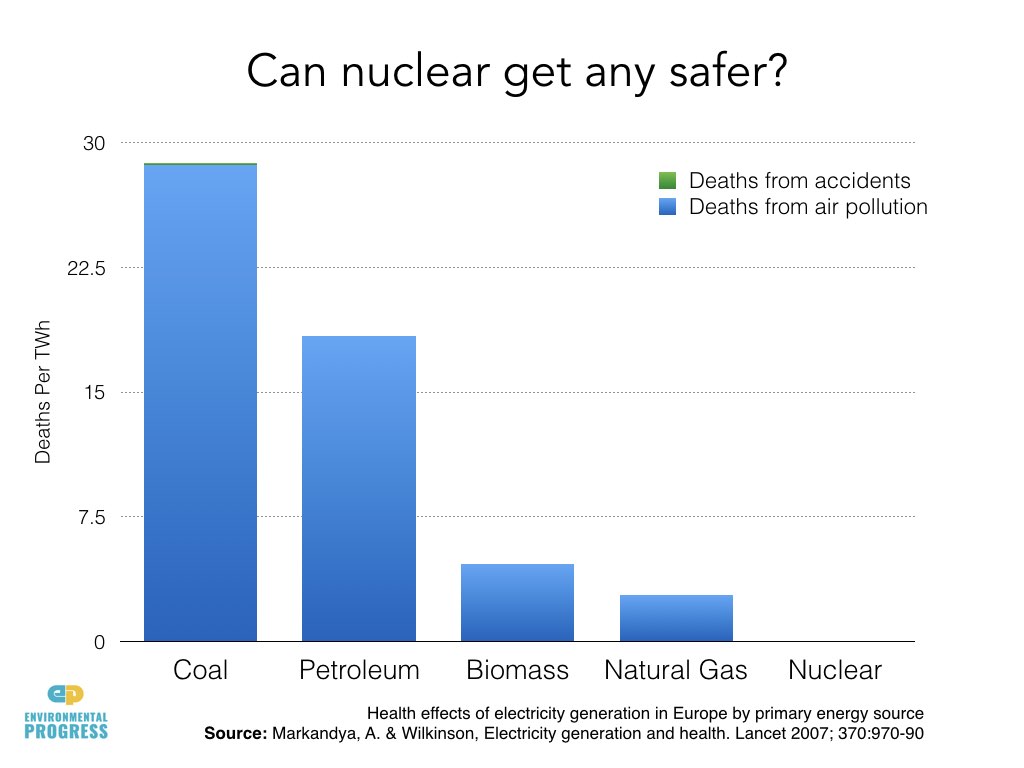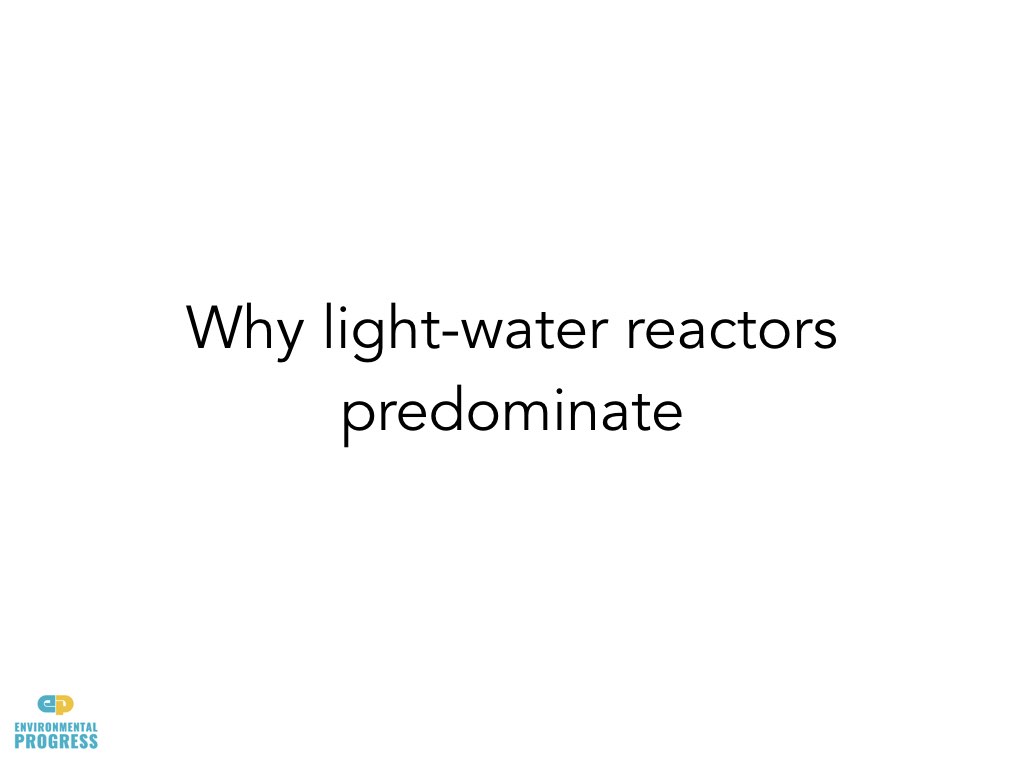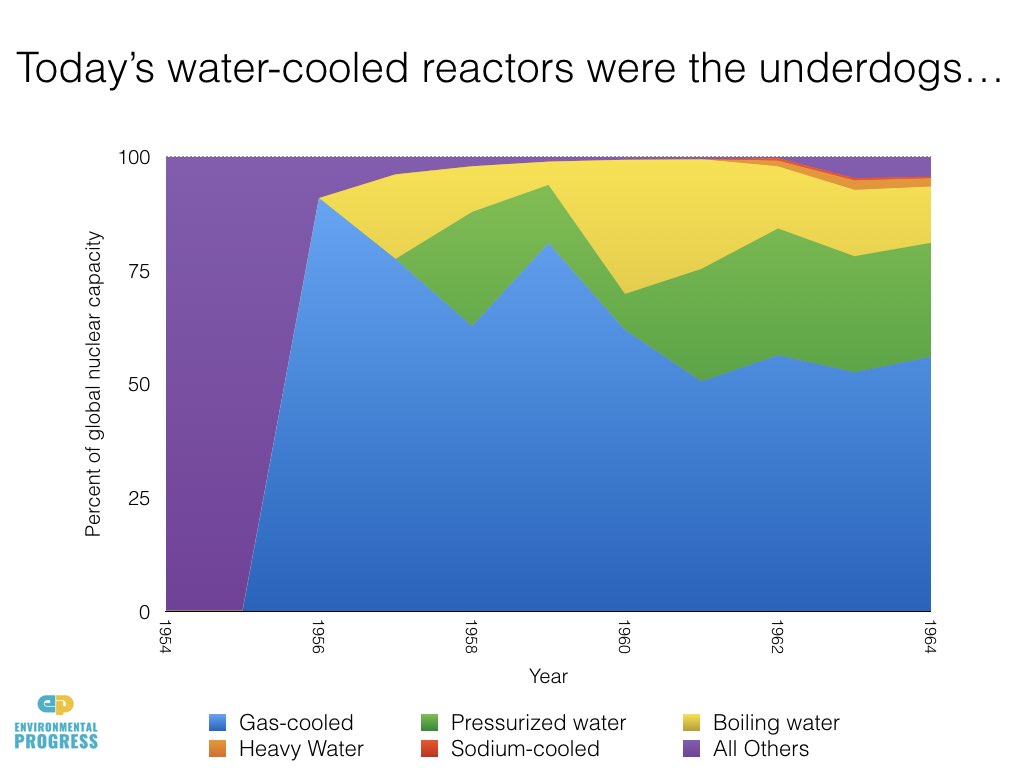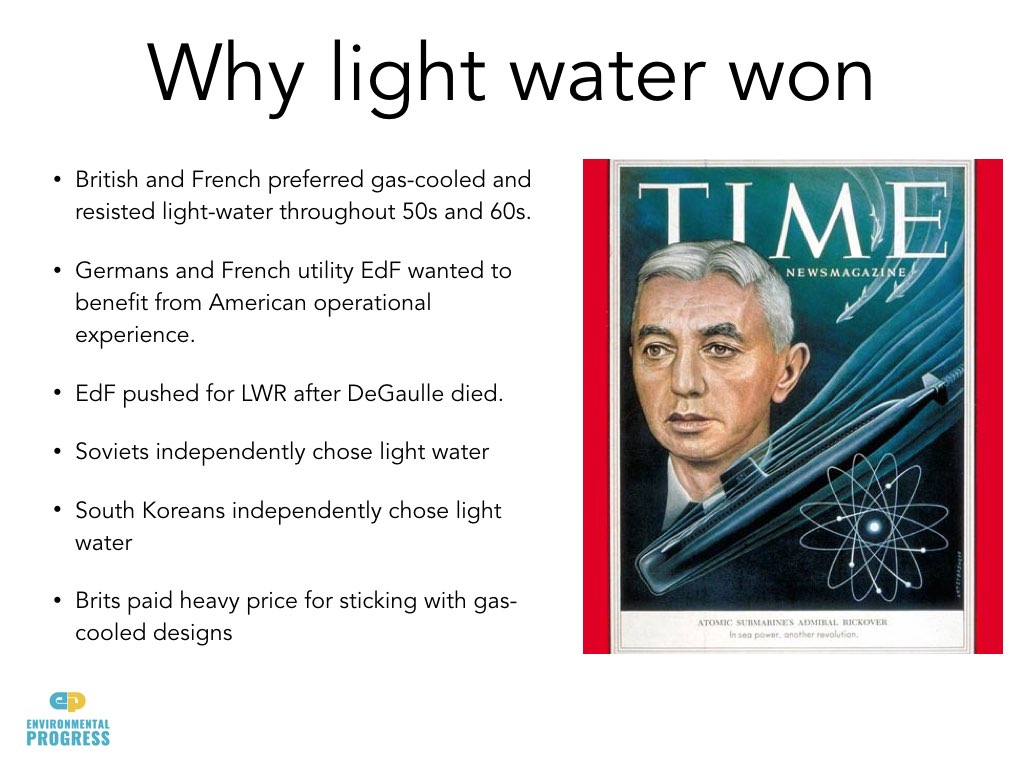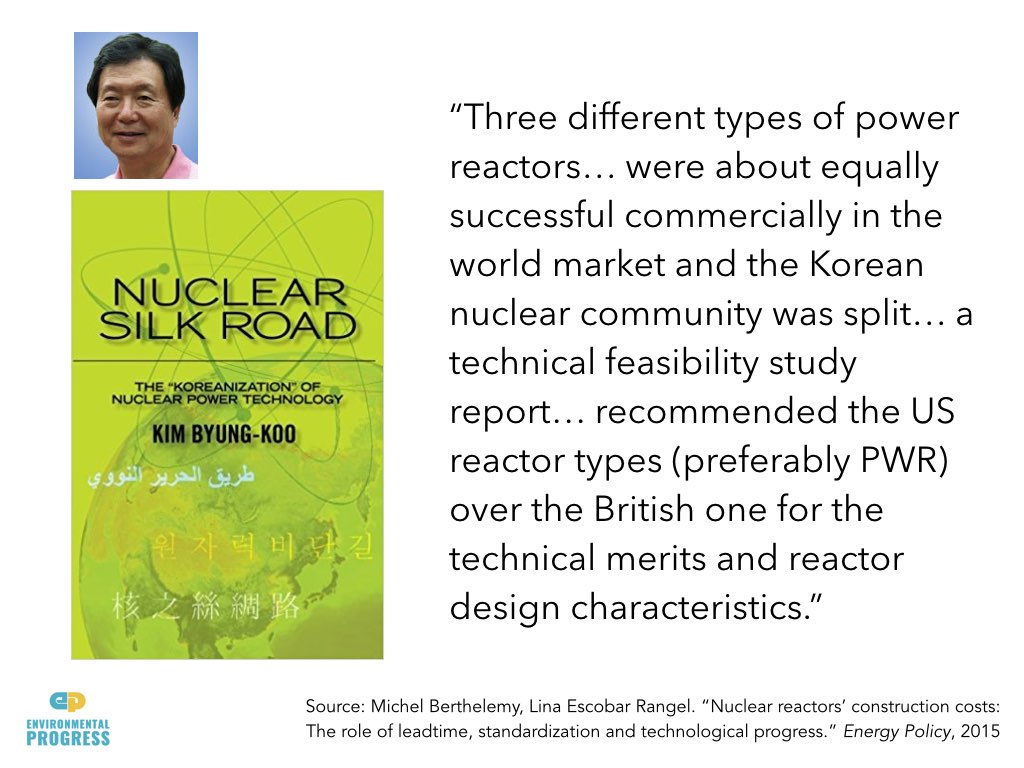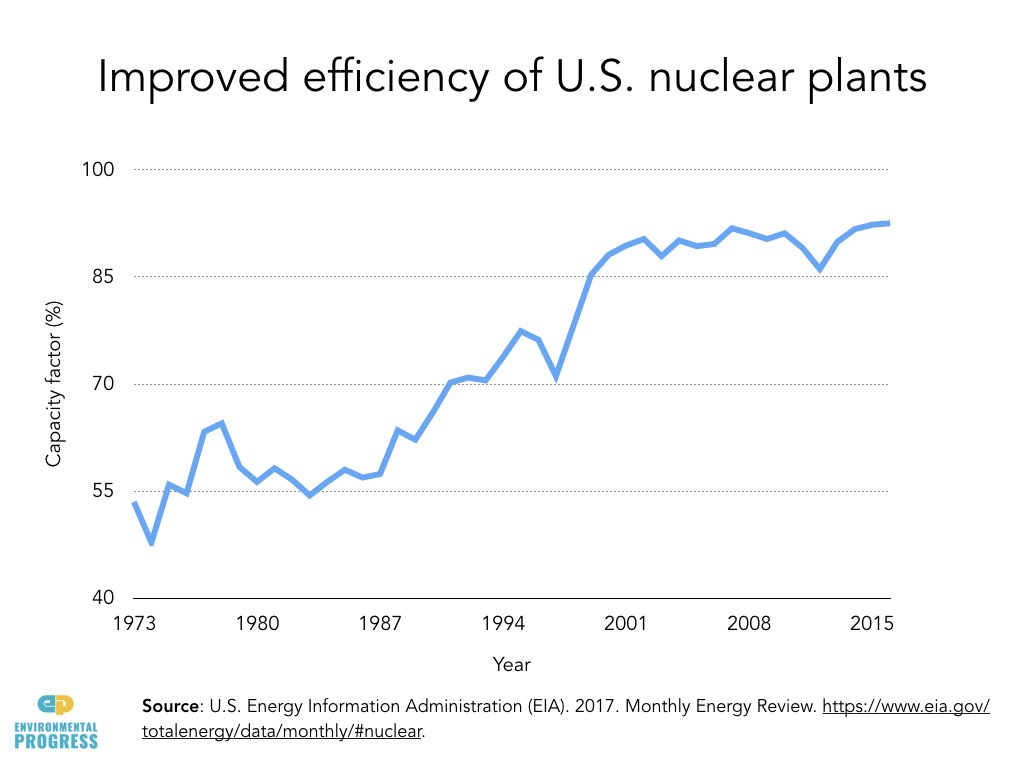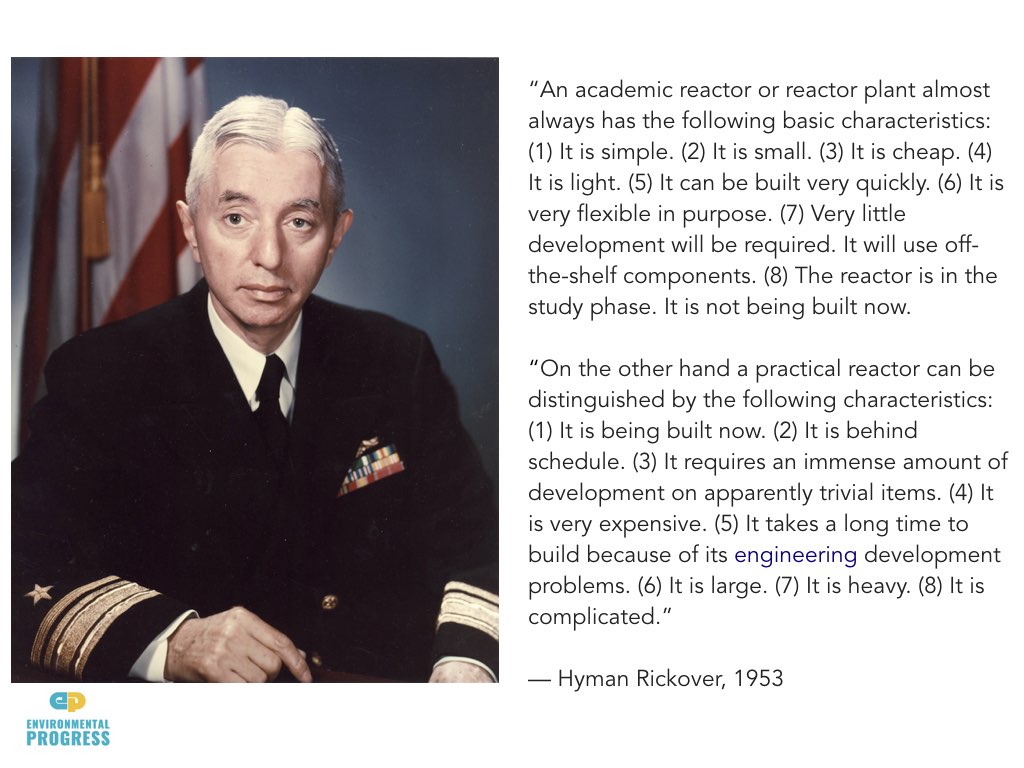Why is nuclear on the decline?
Isn't nuclear just too expensive?
But aren't nuclear plant owners now asking for more subsidies?
Doesn't nuclear get extra subsidies, including free insurance and decommissioning?
Aren't solar and wind becoming so much cheaper that we don't need nuclear?
But won't we fix these short-term problems of integrating solar and wind?
Can't poor countries "leap-frog" over fossil fuels directly to solar and wind?
Isn't nuclear a right-wing technology?
Is nuclear really low-carbon energy?
Isn't the electrical grid an inefficient relic being disrupted?
But isn't the trend now toward distributed rather than centralized production?
Isn't nuclear just as inflexible as solar and wind?
Isn't nuclear just too slow to scale up?
Aren't we ratepayers going to be stuck with the costs of decommissioning?
Why is nuclear on the decline?
Everywhere the underlying reason is the same: anti-nuclear forces, in tandem with rent-seeking economic interests, have captured government policies. On one extreme lies Germany, which decided to speed up the closure of its nuclear plants following Fukushima. In Sweden the government imposed a special tax on nuclear. In the U.S., solar and wind are far more heavily subsidized than nuclear. And states across the nation have enacted Renewable Portfolio Standards, RPS, that mandate rising wind and solar, and that exclude nuclear.
To be sure, nuclear has also been hurt in the U.S. by low natural gas prices. But if nuclear were subsidized at the same levels as solar and wind, or allowed to contribute to state RPS, nuclear would continue to be highly economical. Proof is that wind and solar have boomed over the last five years when natural gas prices have been very low. Furthermore, when wind and solar subsidies are withdrawn, whether in the U.S. or Europe, installation of wind and solar declines dramatically.
Isn't nuclear just too expensive?
No. In countries like Germany and Sweden governments are openly closing economical nuclear plants. In the US, economical nuclear plants are being closed or threatened 10, 20 — even 40 years before a full life. Nuclear plants are being closed off prematurely both because they are excluded from federal and state clean energy policies and the fracking boom. Solar and wind receive many times more in subsidies than nuclear. Meanwhile, 30 states, including Illinois, exclude nuclear from their Renewable Portfolio Standards.
But aren't nuclear plant owners now asking for more subsidies?
Yes, in some cases, but they are always far less than what solar and wind receive. In New York, the proposed subsidy for nuclear is half the existing subsidies for renewables. In Illinois, the subsidy required to keep the Clinton and Quad nuclear plants open amounts to 1 cent/KWh, a small fraction of the 2.3 cents/KWh Production Tax Credit (PTC), one of several subsidies available for renewable sources. And as natural gas prices rise, keeping nuclear plants on-line will protect consumers and industries from future price shocks.
Doesn't nuclear get extra subsidies, including free insurance and decommissioning?
The Price-Anderson Act requires nuclear utilities to buy private insurance of about $375 million per plant. If there is an accident, they are required to contribute to a collective industry fund of about $13 billion to pay liability claims. If liability exceeds $13 billion, Congress can require nuclear utilities collectively to pay more to settle the additional claims. Nuclear is among many activities and circumstances for which we have established liability limits. Others include plane crashes, oil spills, product liability, and medical malpractice. The largest renewable energy project, hydroelectric dams, has liability limits, too. Anti-nuclear advocates call these limits a "subsidy" but taxpayers have never paid anything to industry for those limits.
Aren't solar and wind becoming so much cheaper that we don't need nuclear?
No. The actual cost of solar panels and wind turbines have declined, but as they become a larger percentage of our electricity, their value declines. That's because they produce so much power when demand is relatively low, and don't produce enough power when demand is relatively high. That means they require very large quantities of back-up power, since the grid must have the same amount of power being produced as is being consumed at any given time.
But won't we fix these short-term problems of integrating solar and wind?
Unlikely. Intermittent power has to be backed up by an equivalent capacity of dispatchable power, and that usually means fast-ramping gas plants that can rapidly adjust to chaotic surges and slumps of wind and solar power. As wind and solar capacity swells without displacing conventional capacity, the grid enters a spiral of persistent and rising overcapacity that lowers prices even further as more gigawatts fight for market share.
Research by German economist Lion HIrth finds that the value of wind and solar drop as they become a larger part of the electricity supply
As wind and solar capacity climbs the returns of usable power diminish because of increasing curtailment during surges that the grid can’t absorb. More and more intermittent capacity has to be pushed onto the grid to get less and less additional renewable electricity. The dynamic of soaring overcapacity and falling prices is the inevitable result of the fundamental inability of intermittent wind and solar generators to efficiently match supply to demand.
This Washing machine is favorite appliance of Sumandy & daughters who live in a semi-rural region outside of New Delhi, India. (Photo credit: Michael shellenberger)
Can't poor countries "leap-frog" over fossil fuels directly to solar and wind?
No. Solar and wind cannot provide the cheap 24-7 electricity needed to power factories and cities — which are the keys to development, as well as sparing nature in the countryside. And neither solar panels nor more efficient cookstoves are substitutes for wood fuel, upon which three billion people still depend.
This solar panel doesn't generate enough power for Sumandy's washing machine, much less hospitals, factories & cities
Isn't nuclear a right-wing technology?
No. Until the early-seventies, nuclear was embraced by liberals and environmentalists including the Sierra Club. “Nuclear energy is the only practical alternative that we have to destroying the environment with oil and coal,” said famed nature photographer and Sierra Club Director, Ansel Adams. “Nuclear power is one of the chief long-term hopes for conservation," said Sierra Club director Will Siri. "Cheap energy in unlimited quantities is one of the chief factors in allowing a large rapidly growing population to preserve wildlands, open space, and lands of high scenic value ... With energy we can afford the luxury of setting aside lands from productive uses.”
Since then, nuclear has been embraced by French and Swedish socialists, left-wing Guardian columnist George Monbiot, President Barack Obama, co-founders of Greenpeace and Friends of the Earth, the United Nations Intergovernmental Panel on Climate Change, Bill Gates, Carol Browner, former EPA head under President Bill Clinton, liberal Minnesota Senator Al Franken, economist Jeffrey Sachs, Gaia hypothesis originator James Lovelock, Whole Earth Catalogue founder Stewart Brand, Virgin's Richard Branson, TVA chief David Lilienthal, and the late, great humanitarian and environmentalist, Cambridge professor, David MacKay (1967 - 2016).
Is nuclear really low-carbon energy?
Yes. According to a review of the evidence, the United Nations Intergovernmental Panel on Climate Change says nuclear is two to four times less carbon-intensive than solar.
Isn't the electrical grid an inefficient relic being disrupted?
No. Our electrical grid is the most efficient way we have of distributing electricity. That's because it requires we only produce as much power as we need at any given moment (or there are blow-outs). By contrast, large amounts of energy are lost converting electricity to batteries and back again. For this reason, the grid will always be more efficient than any system heavily reliant on storage.
But isn't the trend now toward distributed rather than centralized production?
No, the broad trend remains toward centralized production because billions of people seek liberation from not having to haul wood, gather water, grow food, and wash clothes by hand. Two hundred years ago, 90 percent of us used to produce our own food and energy; today, in rich countries, less than one percent of us do. This applies to solar and wind as well. Cheaper solar panels came from giant centralized production facilities, and solar electricity from large solar farms in the desert is far cheaper than solar on rooftops.
Three billion people still rely on decentralized wood fuel production. (Democratic Republic of the Congo, 2014)
LPG, not solar panels, are the substitute for wood fuel for Suparti and in many parts of the developing world. (Indonesia, 2015)
Isn't nuclear just as inflexible as solar and wind?
No. Nuclear ramps up and down well in countries with high levels of nuclear, like France, which gets over three-quarters of its electricity from splitting atoms. Solar and wind cannot produce power on demand like either nuclear and fossil fuels.
Isn't nuclear just too slow to scale up?
On the contrary, nuclear deploys much more power much faster than solar and wind.
Aren't we ratepayers going to be stuck with the costs of decommissioning?
Plants than run their full lives have enough funds set aside in a separate, legally-required fund to fully cover the costs of their eventual decommissioning. Ratepayers are stuck with the costs of decommissioning only policymakers and the public demands that nuclear plants be closed prematurely. An example of this is San Onofre, California. On-going litigation by Friends of the Earth, discriminatory treatment from state politicians including Sen. Barbara Boxer, and harassment and hassle led its owner to close it down in 2013, rather than simply replace the steam generator for one-sixth the cost of the premature decommissioning.
Summary
Nuclear costs
Construction costs constitute two-thirds of nuclear generation costs.
Construction delays are a key driver of higher costs.
- Construction delays result from regulatory ratcheting, anti-nuclear advocacy and building first-of-a-kind designs.
Key drivers of nuclear construction cost reductions are:
Long-term commitment by nation-state
Standardization of plant construction
Building multiple reactors on the same site
Larger reactors
Centralization and vertical integration
Low-interest financing

